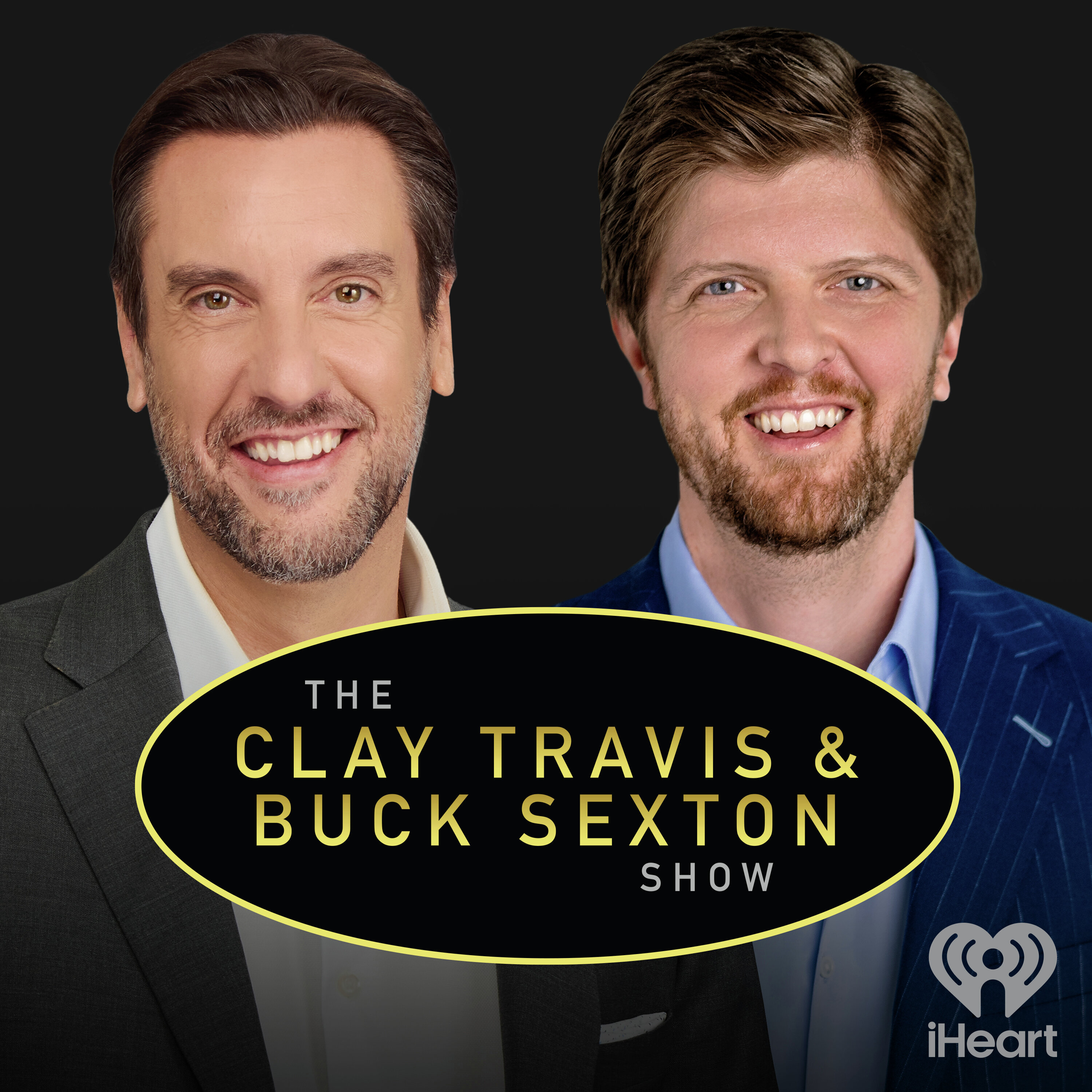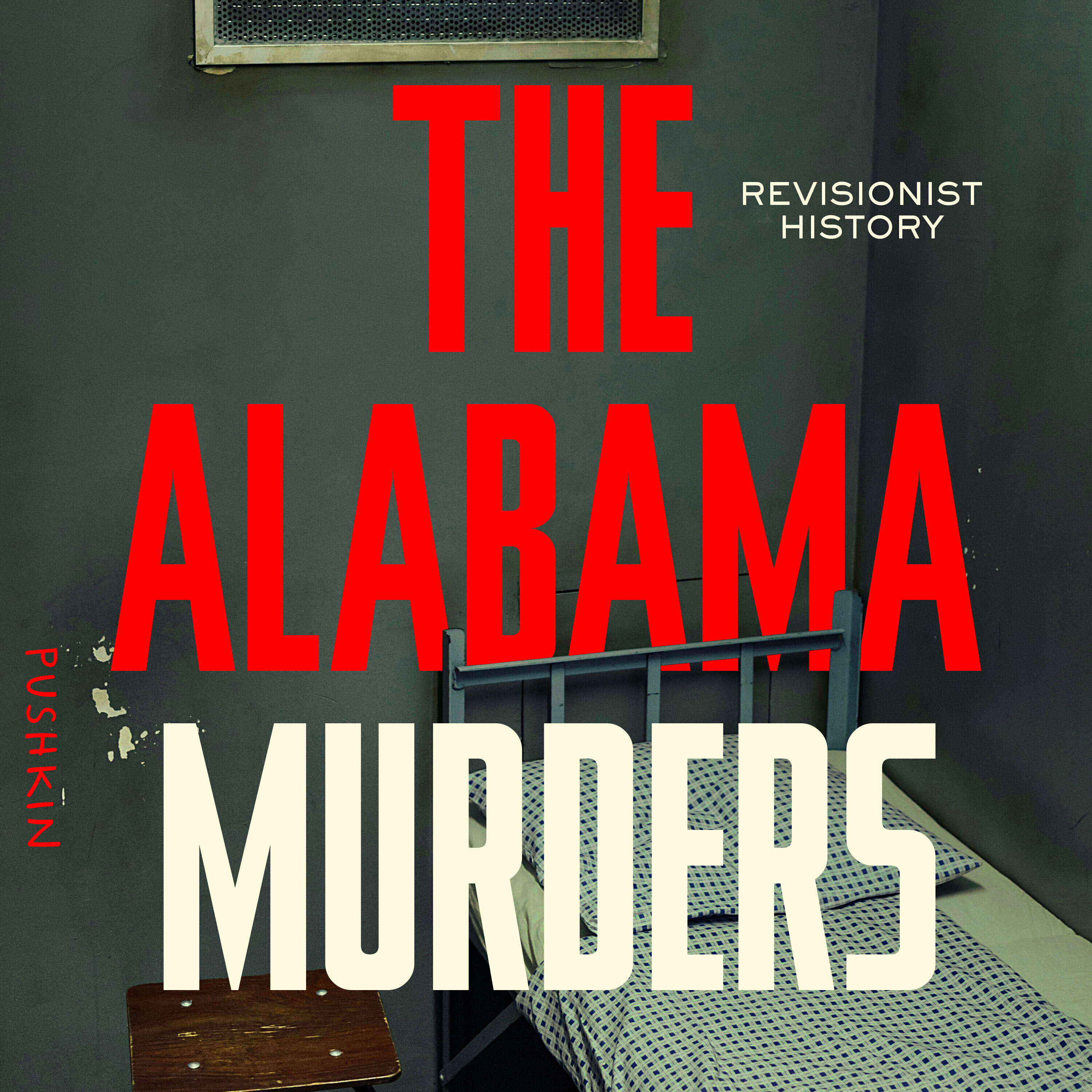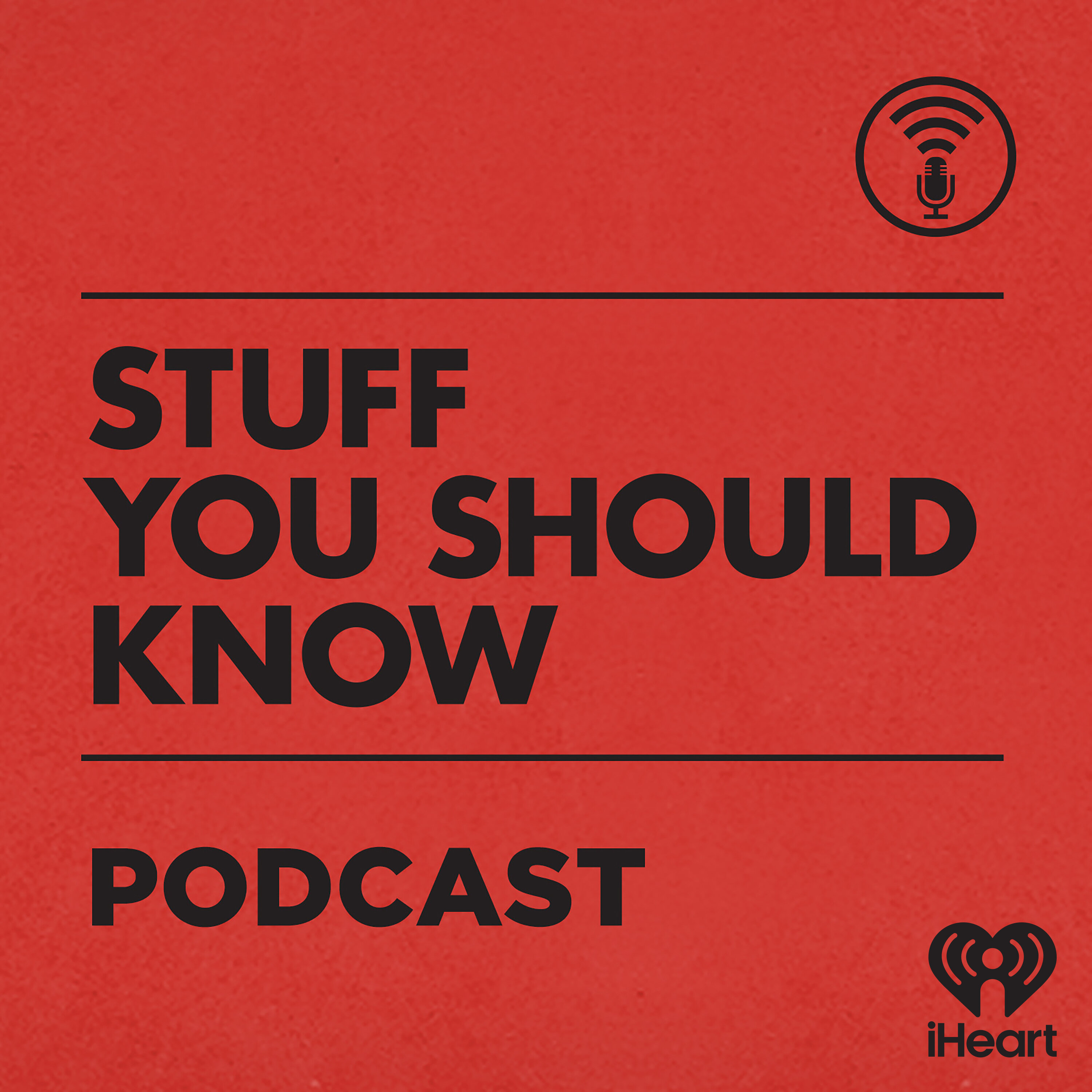
A Think First Podcast with Jim Detjen
Think First is a short-form podcast that makes you pause — before you scroll, share, or believe the headline.
Hosted by Jim Detjen, a guy who’s been gaslit enough to start a podcast about it, Think First dives into modern narratives, media manipulation, and cultural BS — all through the lens of gaslighting and poetic truth.
Some episodes are two minutes. Some are ten. It depends on the story — and the energy drink situation.
No rants. No lectures. Just sharp questions, quick insights, and the occasional laugh to keep things sane.
Whether you’re dodging spin in the news, politics, or that “trust me, bro” post in your feed… take a breath. Think first.
Visit Gaslight360.com/clarity to sharpen your BS filter and explore the 6-step clarity framework.
🚨Distorted (Advanced Copy) is set to release on October 14, and pre-orders are now available on Amazon and Barnes & Noble.
Reserve your copy today — and join me in cutting through the distortion.
Paperback and Kindle: Amazon
Hardcover: Barnes & Noble
A Think First Podcast with Jim Detjen
#62 Cracker Barrel • Minimal Isn’t the Problem. Meaningless Is.
Cracker Barrel spent $700 million on a makeover. New interiors. A new menu. A new logo.
The company says the heart of the brand hasn’t changed. But when a logo stops telling the truth — when it could belong to anyone — it stops belonging to the people who loved it.
This episode of Think First isn’t about pancakes. It’s about memory, meaning, and what happens when design confuses “modern” with “appropriate.” Nostalgia isn’t fluff. It’s capital. Strip it away, and you’re not evolving — you’re erasing.
Stay sharp. Stay skeptical. #SpotTheGaslight
Read and reflect at Gaslight360.com/clarity
Why would a restaurant chain that built its empire on nostalgia decide to rip the nostalgia right off its front sign? Cracker Barrel just unveiled a shiny new logo, a remodel, and a national campaign with country star Jordan Davis. They say it's about honoring tradition while modernizing. But here's the big question. When a brand tells you nothing has really changed, while your eyes, ears, and maybe even your taste buds disagree, is that just rebranding? Or is it gaslighting? This is Think First, where we don't follow the script. We question it. Because in a world full of poetic truths and professional gaslighting, someone's got to say the quiet part out loud. Cracker Barrel's$700 million refresh hit a snag. Shares plunged over$140 million in market value as backlash exploded online and in the press. Cultural critics said it was sterile. Loyalists called it erasure. And in one breathless week, the chain went from comfort food staple to branding fiasco. That's not just a design critique. That's a leadership problem. Cracker Barrel was never selling just pancakes. It was selling poetic truth. The truth that rocking chairs, peg games, and fireplaces weren't just decoration. They were Americana on demand. The old logo, a totem, a roadside shorthand for family road trips, comfort food, and grandpa still having a place at the table. Strip that away, and the poem doesn't rhyme. The official message wasn't, nothing has changed. What they've said is, our values haven't changed. The soul of the brand is still intact. Rocking chairs, still there. Peg games, still there. Uncle Herschel's favorite, still on the menu. But here's the problem. When you walk into a room that looks brighter, cleaner, and stripped of its most recognizable figure, and leadership tells you the heart of the brand hasn't changed, that feels like denial. That's where it starts to sound like gaslighting. Not malicious, maybe, but subtle. Your senses say this is different. Their press release says it's the same where it matters, and that gap is where trust gets shaky. Here's the truth that matters. A simplified barrel can work, but only if it resonates. Form and color can carry memory, but only if they're bold and intentional. Bland shapes aren't minimalism. They're absence. The old logo didn't have to be pretty. It had to be true. And this new one? It tells you nothing. That's the mistake brands make. They confuse being modern with being appropriate. Good design isn't about chasing style points. It's about about being so appropriate to the story you're telling that no other mark could replace it. Minimal isn't the problem. Meaningless is. And when a brand chooses a symbol that could belong to anyone, it stops belonging to the people who loved it in the first place. Of course, the internet did what it does best. Memes compared the new look to Brooklyn coffee shops. MAGA influencers declared Cracker Barrel was erasing tradition. Stock analysts called it tone deaf. When a pancake house sign becomes a political Rorschach test, you've lost control of your story. After more than 25 years as a brand architect, if I had a seat in that Cracker Barrel boardroom, here's what I'd tell them. Keep the simplified barrel, but give it a unique gesture, a stroke, a line, something unmistakably Cracker Barrel so it can't belong to anyone else. Keep the old timer alive as a secondary mark. Put them on mugs, peg games, or a legacy menu. Don't amputate memory. Transition it. And above all, tell the truth. Customers don't hate change. They hate denial. A simple line like, we know this feels different, here's why we did it, and here's what we're keeping, would have neutralized half the outrage. That's not nostalgia talking. That's brand stewardship. Oh, and yeah, I had to sneak some country into the bed track. So yes, Cracker Barrel changed its face, and Wall Street, Main Street, and social feeds all noticed. Leadership insists the soul of the brand is the same. The rocking chairs remain. The peg games still on the table. The pancakes still taste like memory. But here's the thing. When you're told the values haven't changed while staring at a logo and a dining room that clearly have, your brain starts tugging at the thread. That's where skepticism sets in. Because Cut Customers don't live in value statements. They live in what they see, feel, and taste. And if what they're sensing doesn't line up with what they're being told, that's not nostalgia. That's clarity. I'm Jim Detchen. You don't need all the answers, but you should question the ones you're handed. And for the record, my favorite blueberry pancakes are still found at Cracker Barrel. Until next time, stay skeptical, stay curious, and always think first. And for those who want to take this further, my new book, Distorted, arrives this October. It unpacks the gaslighting and poetic truths shaping not just brands, but sports, politics, culture, and everyday life. You'll find it at Barnes& Noble, Amazon, Apple Books, Kindle, and Audible. Or, if you'd rather be first, grab an exclusive pre-order at jimdetchin.com.
Podcasts we love
Check out these other fine podcasts recommended by us, not an algorithm.

The Megyn Kelly Show
SiriusXM
Hidden Brain
Hidden Brain, Shankar Vedantam
The Tucker Carlson Show
Tucker Carlson Network
Cato Podcast
Cato Institute
The Joe Rogan Experience
Joe Rogan
Common Sense with Dan Carlin
Dan Carlin
The Clay Travis and Buck Sexton Show
iHeartPodcasts
Revisionist History: The Alabama Murders
Pushkin Industries
Freakonomics Radio
Freakonomics Radio + Stitcher
Fearless with Jason Whitlock
Blaze Podcast Network
The Daily Beans
MSW Media
The Glenn Beck Program
Blaze Podcast Network
Countermine
Dondi&Karlin
The Shawn Ryan Show
Shawn Ryan
Left, Right & Center
KCRW
Political Gabfest
Slate Podcasts
Stuff You Should Know
iHeartPodcasts
TED Talks Daily
TED
The Fifth Column
Kmele Foster, Michael Moynihan, and Matt Welch
The Jesse Kelly Show
iHeartPodcasts
The Jordan B. Peterson Podcast
Dr. Jordan B. Peterson
